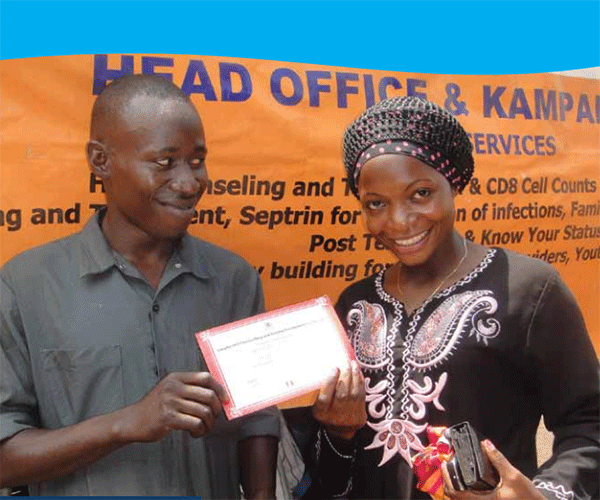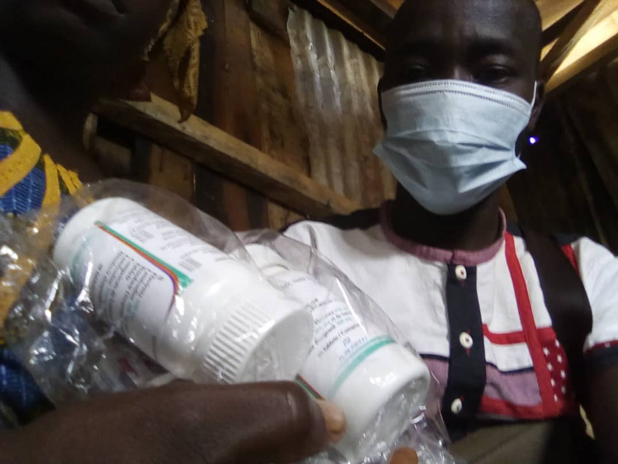In September 2009, the Health Communication Partnership (HCP), one of CCP’s flagship programs in Uganda, launched a campaign to address new HIV infections in Uganda. The National Couples HIV Counseling and Testing (CHCT) communication strategy has been designed in collaboration with HCP, the Uganda Ministry of Health, the AIDS Information Centre and other partners to guide the implementation of a national campaign that addresses the marked increase of new HIV infections among married couples.
Context in Uganda:
- 6.3% of men and women 15-49 currently in union are HIV positive, compared to 1.6% of those never in union
- Multiple sexual partnerships are common, condom use among married couples is low.
- Only 3.3% of married women and 4.3% of married men have tested for HIV and received results in the last 12 months.
- ~90% of married men and women do not know the HIV status of any of their partners.
- 5% of cohabiting couples are discordant, 3% are HIV positive concordant.
- 75% of both men and women incorrectly believe that if one partner is infected with HIV, the other partner is as well.
- Source: 2004/2005 Uganda HIV Sero Behavioural Survey.
The CHCT campaign strategy reflects the consensus of experts in the field of communication and CHCT with a goal to increase in the proportion of couples who know their own and their partner’s HIV status and make joint decision to prevent or reduce HIV risk in their relationship.
The theoretical model for the design of the campaign will build self-efficacy by reducing fears of talking to one’s partner about HIV and going for CHCT. In addition,the campaign works to increase risk perception by focusing on the higher risk of HIV infection in married couples and the reality of discordance in HIV status.
The campaign seeks to reach couples prior to CHCT who do not know each other’s HIV status and couples during/after CHCT who are HIV positive concordant, HIV negative concordant and HIV discordant. Additional audiences include HCT service providers, religious leaders and faith-based organizations.
Implementation uses a multi-channeled approach, working in communities with local leaders and faith-based organizations; increasing HIV counseling skills of health care providers through training including a radio distance program; branding of service delivery points; and a media campaign that includes weekly interactive radio talk shows.




